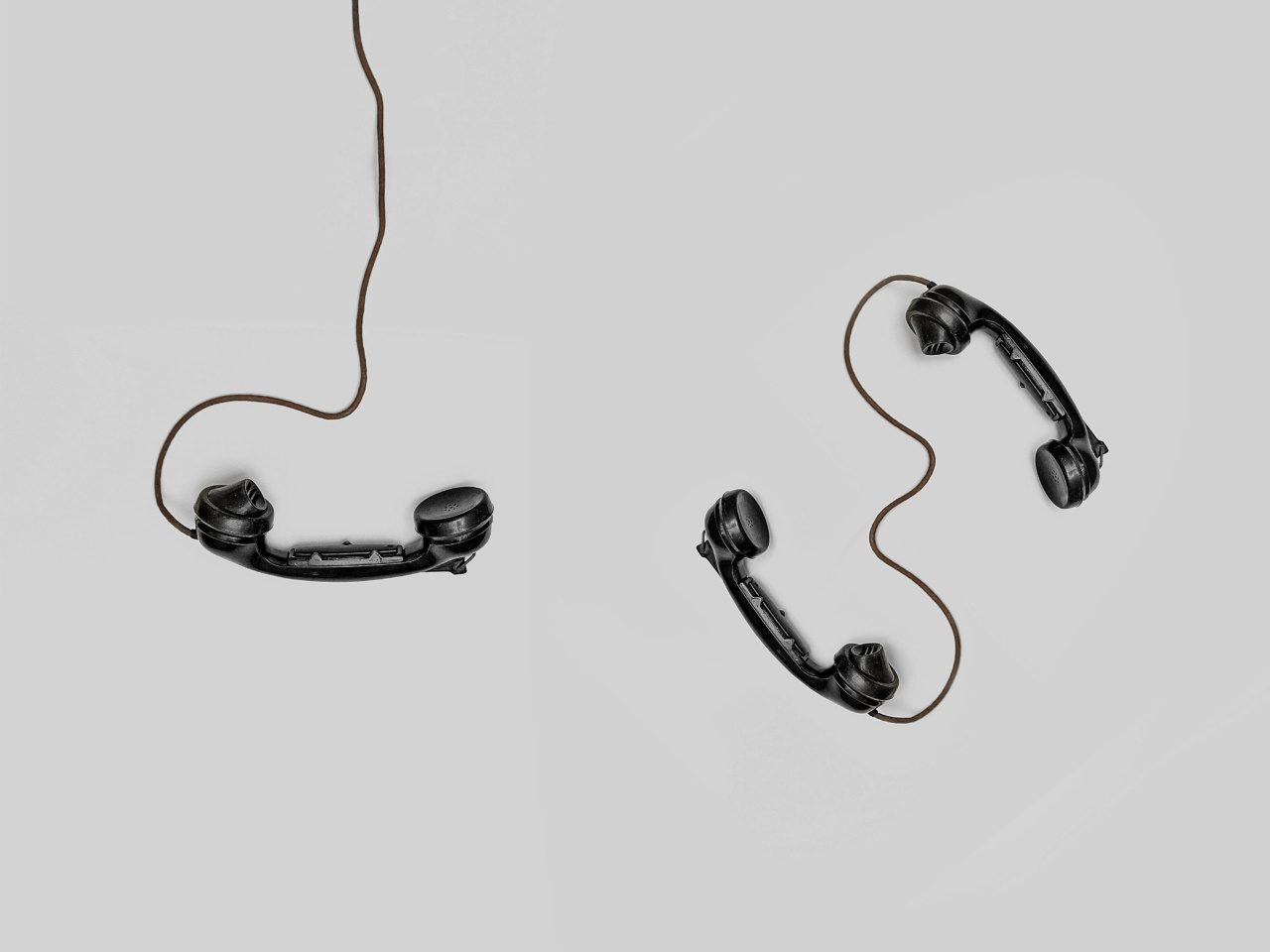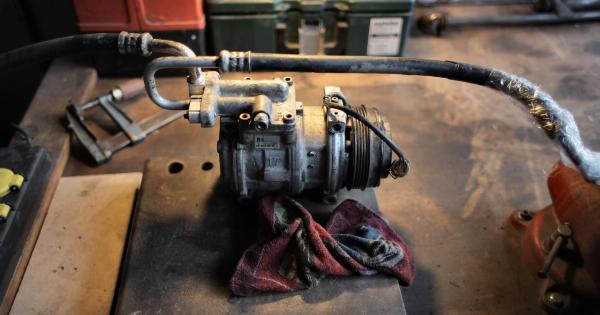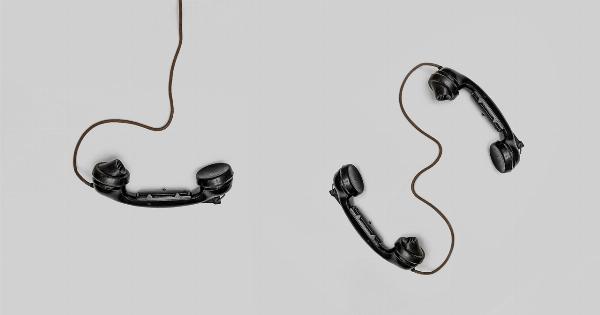There has been a lot of debate in recent years about the ideal timing for umbilical cord clamping during childbirth. Traditionally, it was standard practice to clamp and cut the umbilical cord immediately after the baby was born.
However, research has shown that delaying cord clamping may have significant benefits for both mother and baby.
What is Umbilical Cord Clamping?
Before we delve into the benefits of delayed cord clamping, let’s first understand what umbilical cord clamping is. The umbilical cord is the tube-like structure that connects the developing fetus to the placenta.
It serves as the lifeline for the baby, providing oxygen and nutrients from the mother’s blood supply. After the baby is born, the umbilical cord is typically clamped and cut, separating the baby from the placenta and completing the birthing process.
The Traditional Approach to Umbilical Cord Clamping
For decades, the standard practice was to immediately clamp and cut the umbilical cord after the baby was born.
This was done primarily to prevent postpartum hemorrhage and to allow medical staff to quickly move the baby to a warming table for routine exams and procedures. However, research has shown that this approach may not be best for the baby.
The Benefits of Delayed Cord Clamping
Delayed cord clamping involves waiting a few minutes after the baby is born before clamping and cutting the umbilical cord.
The World Health Organization (WHO) recommends waiting at least one minute, while other organizations suggest waiting three to five minutes. Here are some of the reasons why delayed cord clamping may be beneficial:.
Improved Oxygen Levels
Delayed cord clamping allows more blood to flow from the mother to the baby. This means that the baby receives more oxygen, which can help to prevent anemia and reduce the risk of brain damage due to oxygen deprivation.
Studies have shown that delayed cord clamping can increase the baby’s blood volume by up to 30%, which can have significant health benefits.
Increased Iron Levels
Iron is essential for healthy brain development, and newborn babies are often at risk for iron deficiency. Waiting a few minutes before clamping the umbilical cord allows more iron-rich blood to flow from the placenta to the baby.
This can help to reduce the risk of iron deficiency anemia and improve the baby’s long-term health outcomes.
Reduced Risk of Infection
When the umbilical cord is clamped immediately after birth, there is a higher risk of infection. This is because the clamping creates an open wound on the baby’s abdomen, which can be a breeding ground for bacteria.
Delayed cord clamping can help to reduce this risk and improve the baby’s overall health outcomes.
Better Cardiovascular Stability
Delayed cord clamping has been shown to improve the baby’s cardiovascular stability. This is because the baby’s circulatory system is still adjusting to life outside the womb, and the extra blood volume can provide much-needed support.
Studies have shown that delayed cord clamping can reduce the incidence of low blood pressure in newborns, which can have a significant impact on their health outcomes.
Improved Breastfeeding Success
Delayed cord clamping can also help to improve breastfeeding success. This is because the extra blood volume from the placenta can provide the baby with more energy and improve their ability to suckle.
Studies have shown that delayed cord clamping can increase the baby’s early breastfeeding success and reduce the need for formula supplementation.
Conclusion
Delayed cord clamping has many potential benefits for both mother and baby. While it may not be appropriate in all situations, it is worth discussing with your healthcare provider to see if it is right for you.
By delaying cord clamping, you can give your baby the best possible start in life.






























